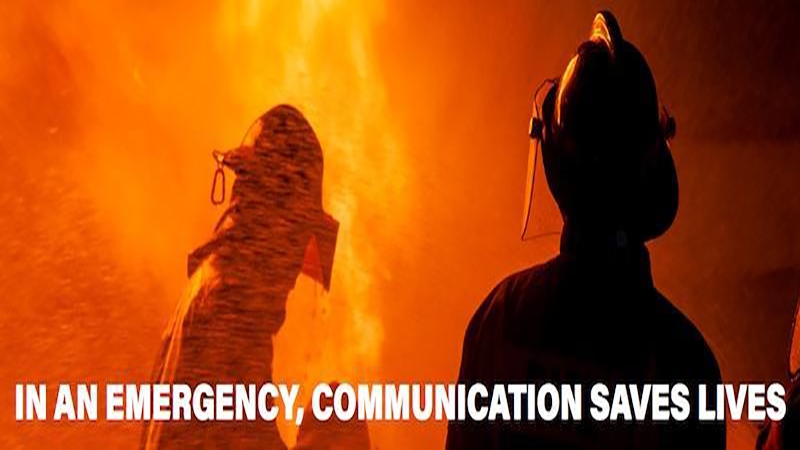
When First Responders Have Poor Signal Coverage, the Results Can Be Catastrophic.
Randy O’Neill with SignalBooster.com says, imagine this scenario: You’re a firefighter in a burning building and you come across three unconscious people who have become trapped in a stairwell. You need help to carry them to safety so you immediately radio your crew for assistance. However, you realize there’s no way of getting a message through because there’s no signal coverage in the stairwell. You’re all on your own! You have no way to communicate with command or your crew, so your rescue job has now become more difficult and a lot more dangerous.
It is imperative that first responders are not hampered by unreliable or poor signal coverage, especially when lives hang in the balance. Vital tools in any emergency include location information, voice communications, and video streaming; but there are still far too many buildings out there with coverage holes where wireless communications can be obstructed in stairwells, tunnels, elevators, and garages.
For the Safety of Both the Public and First Responders, It Is Vitally Important That All Buildings Have a Public Safety Distributed Antenna System Installed.
Having a Public Safety Distributed System installed in buildings is the only way first responders can be assured of achieving sufficient coverage in emergency situations. Today things are slowly progressing, and in order to obtain an occupancy permit in some US cities it has become mandatory for building owners and managers to have a Public Safety Distributed Antenna System installed in their building.
The International Fire Code and the National Fire Alarm and Signaling Code NFPA 72 are the two bodies that set the standards for Public Safety DAS. These standards are becoming more widely accepted; however, the coverage requirements change by location and unfortunately are not always enforced.
The aim of building owners and managers should not be “minimum compliance” - instead, their goal should be to create a safe environment for every person, whether they be a tenant or visitor to the building.
In Order to Deliver a Reliable Public Safety Communication System, the Following Requirements Must Be Met –
- The communications channel must be on a different spectrum to the commercial wireless channel, and must be reserved solely for use by first responders.
- Reliable signal must cover the entire building; this includes a minimum of 99% coverage in critical areas like exit stairs, fire pump rooms, elevator lobbies, exit passageways, and so on.
- The communications channel must have a back-up power source, like a 12-hour battery, to ensure the system remains operational in the event that the building’s power is out.
- Should the system malfunction during low power, there must be a monitoring system capable of delivering alerts.
It is very important that first responders have access to crucial communications support during emergencies. Why not work with a qualified integrator and have a Public Safety Communications System installed in your building? These communications systems save lives!
Why SignalBooster.com? Improperly deployed in-building signal boosters cause RF interference or “noise”. We make sure RF noise does not cause disruption by performing clean installations per FCC regulations and building codes to minimize noise, and maximize coverage.
Visit signalbooster.com/test to let us come and test the public safety bands coverage in your building to ensure that it meets requirements. Visit signalbooster.com/install if you know it needs improvement.
